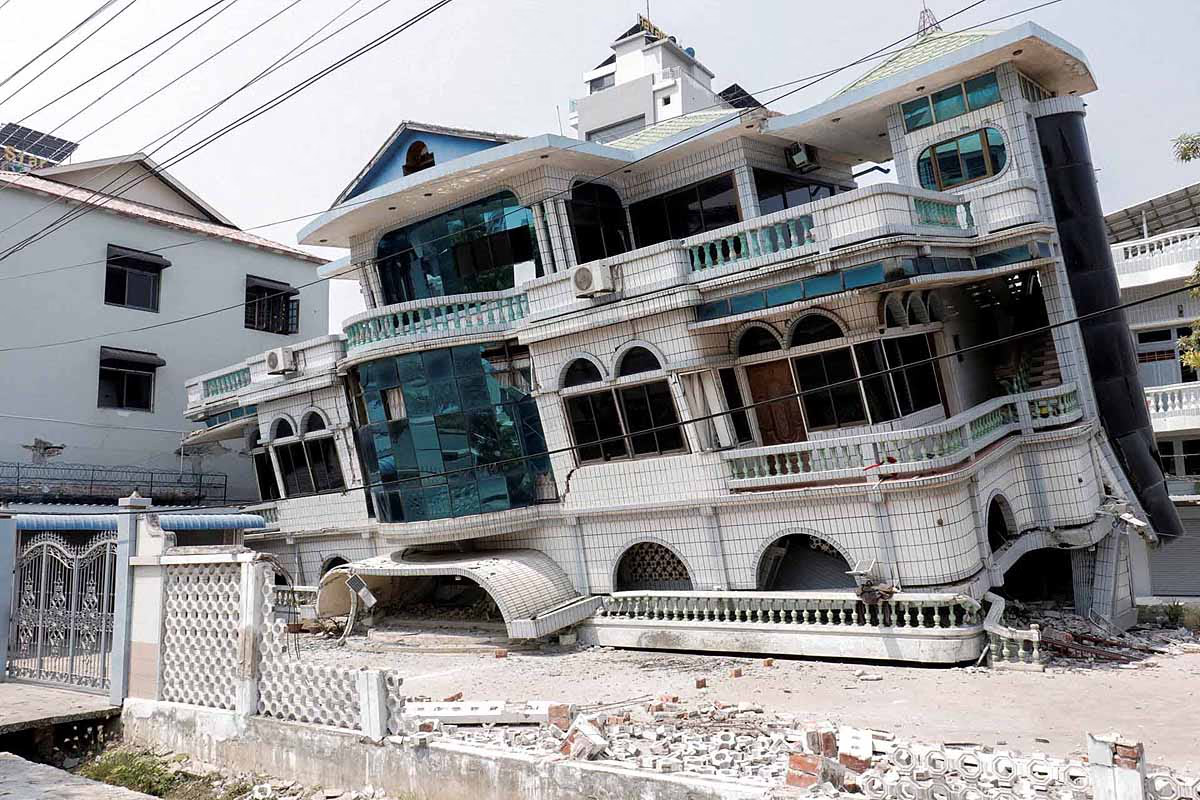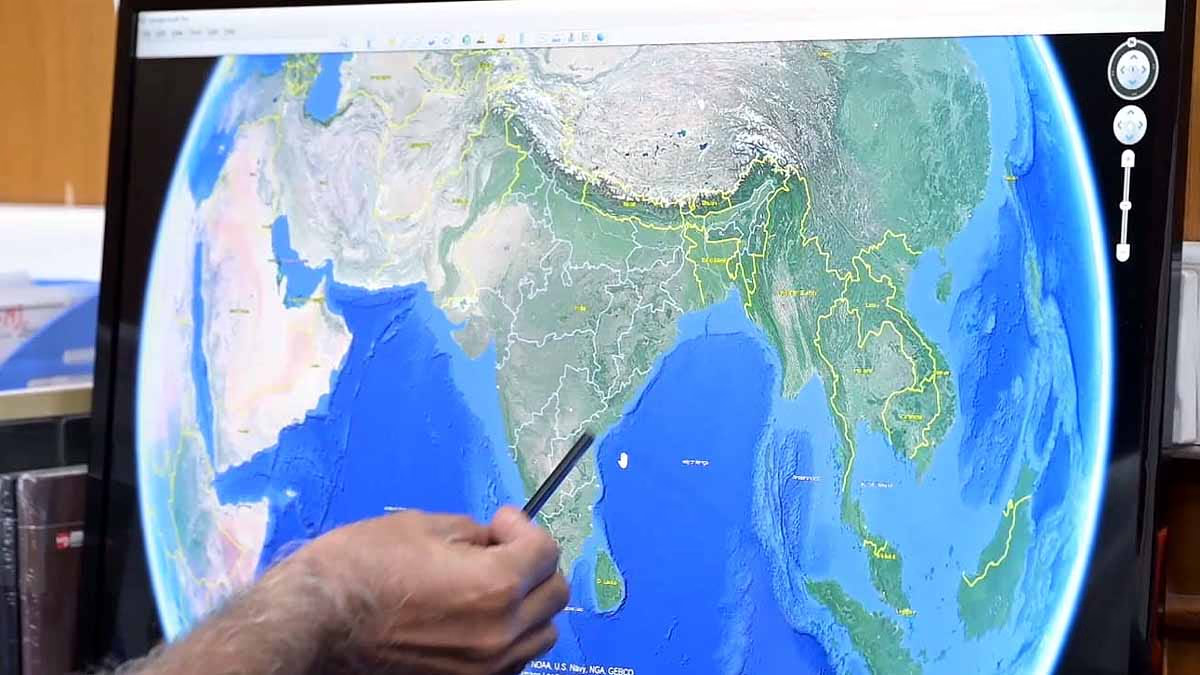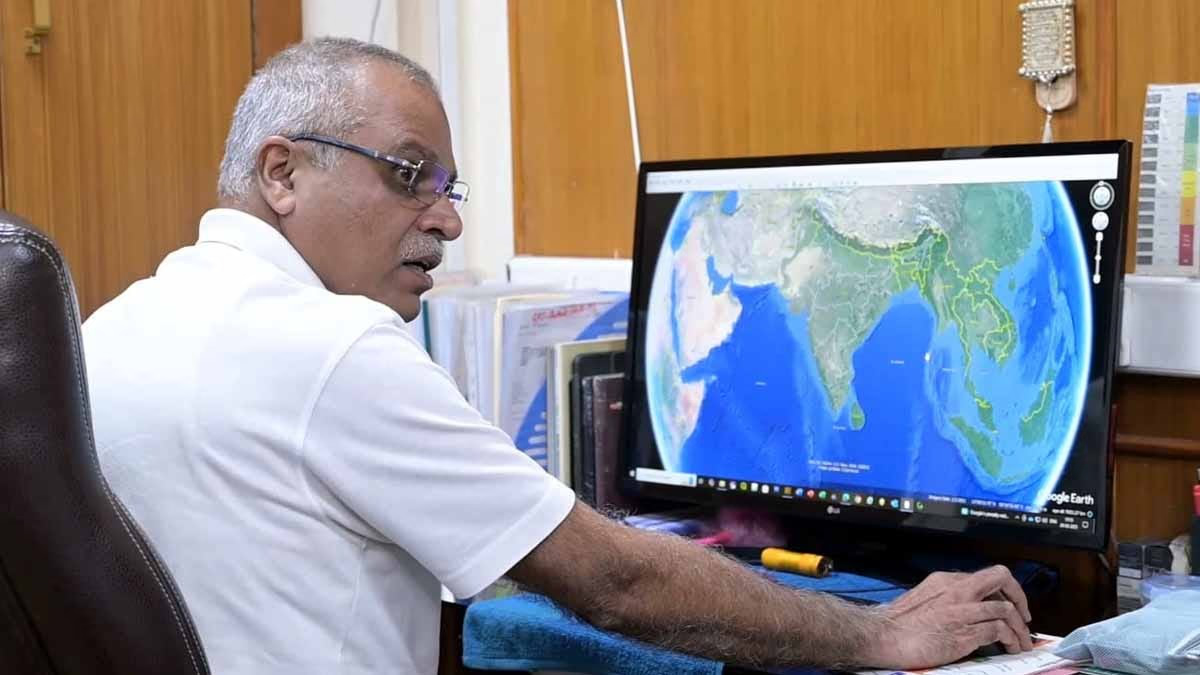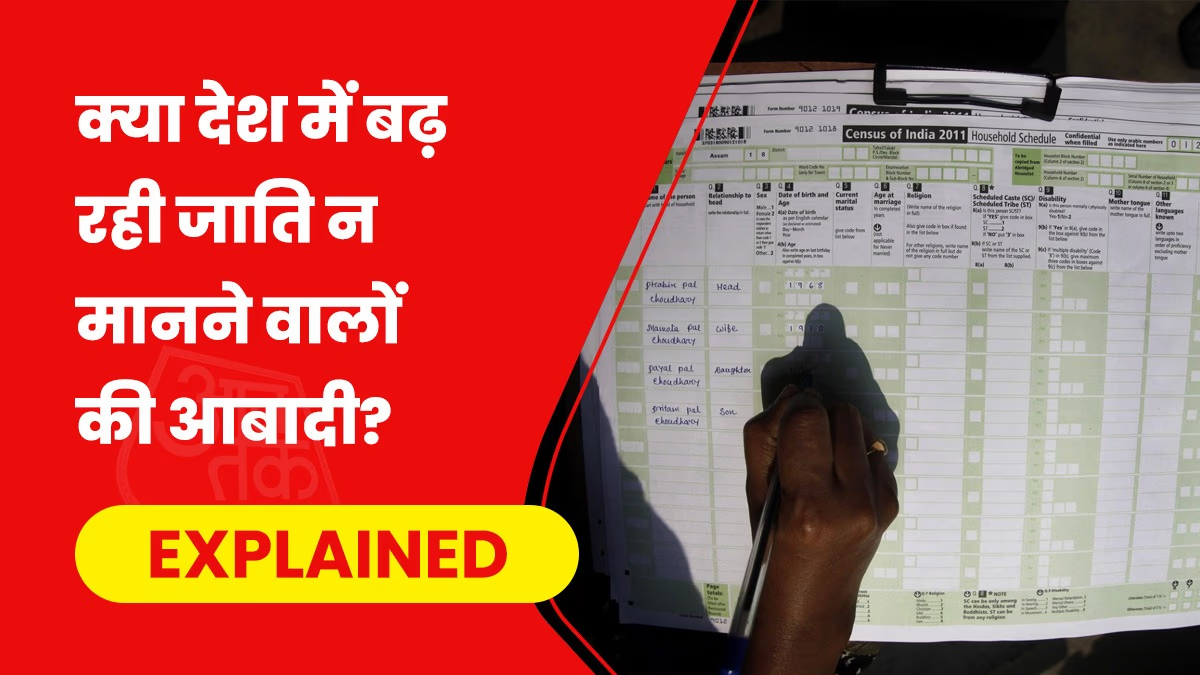The Sagaing Fault in Myanmar and Bangkok is the leading cause of Earthquake devastation in these areas. This fault line can be easily visualized via internet map services. Prof. Javed Malik from IIT Kanpur's Earth Sciences Department highlighted the significant dangers of the Sagaing Fault.
In Siliguri, there's the Ganga-Bengal Fault. Between these two major faults lie numerous other fault lines. It is possible that the activity in one could trigger reactions in others. Prof. Javed Malik stressed that the Sagaing Fault, being ancient, has widespread implications. The 'shear zone' in the northeast is intertwined with the subduction zones stretching from Arakan to Andaman and Sumatra, visible over the ground.
Japanese and European experts have studied Sagaing extensively. Their findings suggest that earthquakes recur here once every 150-200 years, indicating a significant quake sequence. China has recorded a magnitude of 7.9 for a major quake here, which seems more accurately reliable than American estimates.

Source: aajtak
Focus Needed on Zone 5
Prof. Malik strongly advocates against waiting for major earthquakes. The Himalayas are fraught with active fault lines, with work done on frontal parts, but critical faults also sit above these regions. Earthquake dynamics should not be confined to plate boundaries—zones like the Northeast and Kashmir fall into Zone 5, demanding intensive research. Mitigation efforts need emphasis to reduce potential impacts.
Strategic Fault Zones
- Ganga-Bengal Fault:
Critically significant, it shows Sagaing-type activity, apparent on the surface.
- Dawki, Kopili, Dibruchautang Fault Zones:
Sandwiched between Ganga-Bengal and Sagaing fault lines, these zones are crucial.
- Sagaing Fault:
A vibrant fault responsible for Myanmar's seismic activities, serving as a caution for India.
The Region Under Pressure
Prof. Malik emphasized that one cannot dismiss activity between Sagaing and Ganga-Bengal. The entire region remains under immense stress, continuously accumulating energy. The notion that one earthquake couldn't set off another is unfounded, known as 'trigger stress'. Observing north-to-south activity increases is crucial here.

Source: aajtak
Possibilities of Trigger Stress
- Earthquake Triggers:
Sequential seismic events are possible.
- Energy Accumulation:
The region is continuously gathering pressure and energy.
- Future Prospects:
The threat of trigger stress persists.
Shallow Earthquakes Cause Havoc
Prof. Malik discussed how fault lines could stretch deep, reaching depths of 100-150 km. However, earthquakes occurring at shallower depths of 5, 10, or 20 km can cause extensive damage, drawing energy from close to the surface.
Depth and Earthquake Damage
- Depth:
Fault lines could extend to depths of 100-150 km.
- Damage:
Shallow tremors inflict significant damage.
- Energy Source:
Shallow quakes generate energy from nearer surfaces.




